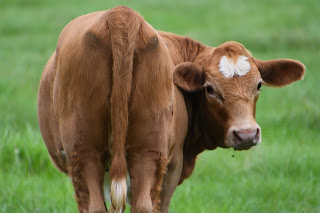There’s Trouble a Brewin’ in the Marriage between the Atmosphere and the Ocean

The cooling patch of ocean south of Greenland Credit: Nature Climate Change By Michael Coppola and Nancy Lazar What drives a significant part of the planet’s weather and climate and is responsible for feeding a good portion of the world? It is the Atlantic Meridional Overturning Circulation or AMOC. This is the movement of surface and deep ocean water by a convection cell between the warm equatorial Atlantic and the cold North Atlantic waters. It is part of the global thermohaline ocean circulation that distributes and mixes surface and deep water throughout all the world's oceans. These currents move as part of various convection cells within the ocean waters. Credit: Wikipedia Commons The circulation system of the global ocean Simply speaking, warm surface water in the tropics flows north; when it reaches the colder northern latitudes it becomes denser, sinking down when it reaches the glacial area of the Arctic . It then flows back south as a deep water current to again ri
